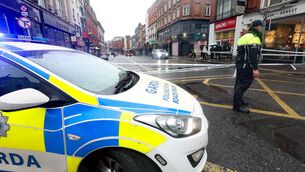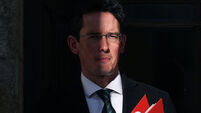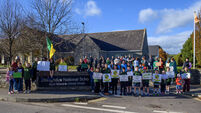Election 2024: Lacklustre election campaigns leaves voters with too many choices
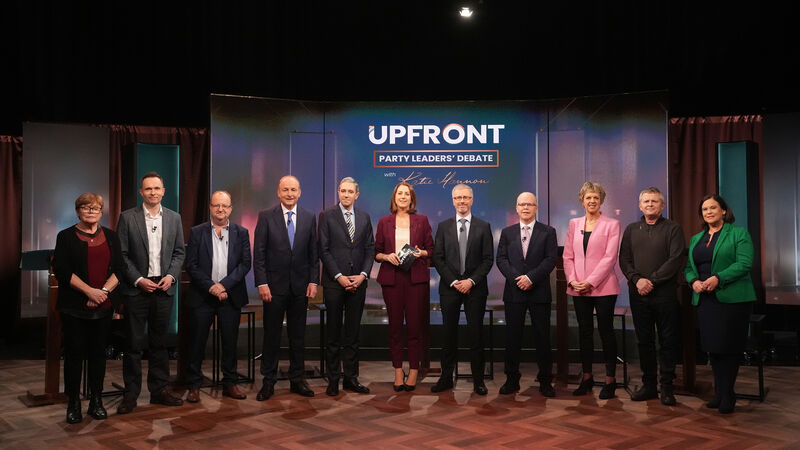
Instead of a dazzling array of possibilities, the leaders' debate on Monday turned into a confusing list of which parties would not work together under any circumstances, some that might, maybe, depending on, and a few that were fully open to coalition negotiations.
The election campaign has not really ignited over the last two weeks.
After months of speculation about the exact date, when November 29 was finally announced, the election bubble seemed to deflate a little rather than explode into activity.
One of the reasons for this is the political landscape is so fragmented, obvious government options are very limited.
Ten party leaders lined out on Monday to sell their wares on the RTÉ programme.
Instead of a dazzling array of possibilities, it turned into a confusing list of which parties would not work together under any circumstances, some that might, maybe, depending on, and a few that were fully open to coalition negotiations.
Scroll for results in your area
The political parties, the media and all of us as voters, have not yet fully come to terms with the new political disposition that is laid before us in the opinion polls.
There are no large parties, there are three medium-sized parties, four to five small parties, a couple of ‘one (wo)man bands’ that we call micro-parties, one collection of independents that have registered as a political party, some other collections of independents that might be willing to co-operate with certain parties in government, in bi-lateral agreements, and some other independents that are committed to having nothing to do with government whatsoever.
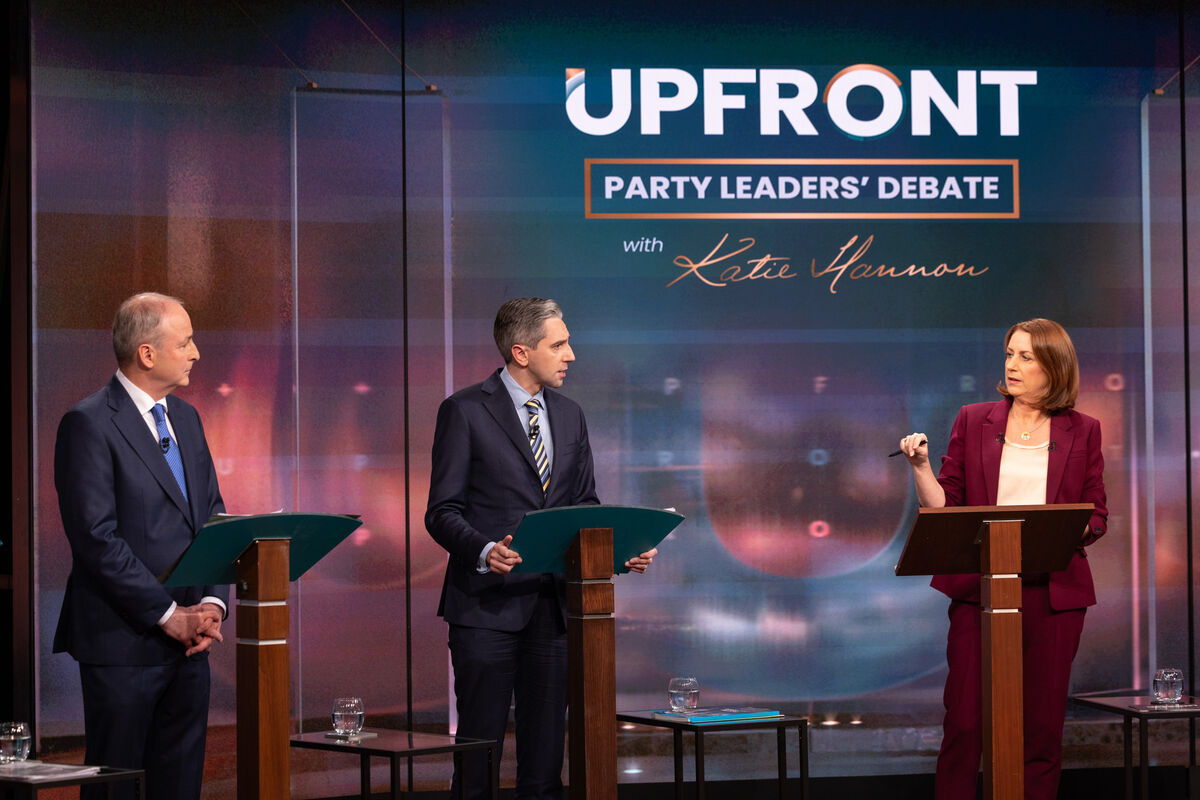
It is a complicated political vista that lies before us.
On the face of it, there are lots of options but when we dig into the potential government permutations, there are few straightforward combinations.
Based on current polling, two out of the medium-sized trio of Fianna Fáil, Fine Gael and Sinn Féin are needed to form the bedrock of any coalition arrangement that would have a majority in the Dáil.
In 2020, these three parties contested the election on individual platforms. During the campaign, coalition options were discussed at length.
There was a possibility Fianna Fáil might pivot towards a coalition with Sinn Féin.
Some in Fianna Fáil openly argued they would prefer this to coalition with Fine Gael.
Ultimately, Fianna Fáil leaned towards Fine Gael and an important alignment in the centre of politics was established.
It may not be permanent but at election 2024, Fianna Fáil and Fine Gael are already coalition partners.
For all their sniping since the campaign started, the last coalition was stable and Fianna Fáil and Fine Gael are laying claim to important successes.
This leaves Sinn Féin in an awkward position.
Since 2023, its party support has been declining in opinion polls and now there is little realistic prospect it will emerge as a ‘large’ party with 60-70 TDs.
It almost certainly needs at least one other medium-sized party and the support of some smaller parties to form a government.
The prospects of peeling Fianna Fáil away from its existing coalition partnership are very low.
For some months, the media has been asking about the possibility a centre-left umbrella alliance might be established that could position itself as a fourth medium-sized cluster on the political spectrum.
This alliance is the missing ingredient at the election.
Had those parties come together under a broad set of policy principles, they could have positioned themselves as a critical cog in a potential first fully left-wing government.
This need not have been a merger, simply an alliance of the form we have seen several times before.
On the far-left, People Before Profit and the Socialist Party have cooperated in various guises to maximise their electoral potential, as the United Left Alliance in 2011 to Solidarity-People Before Profit in 2020.
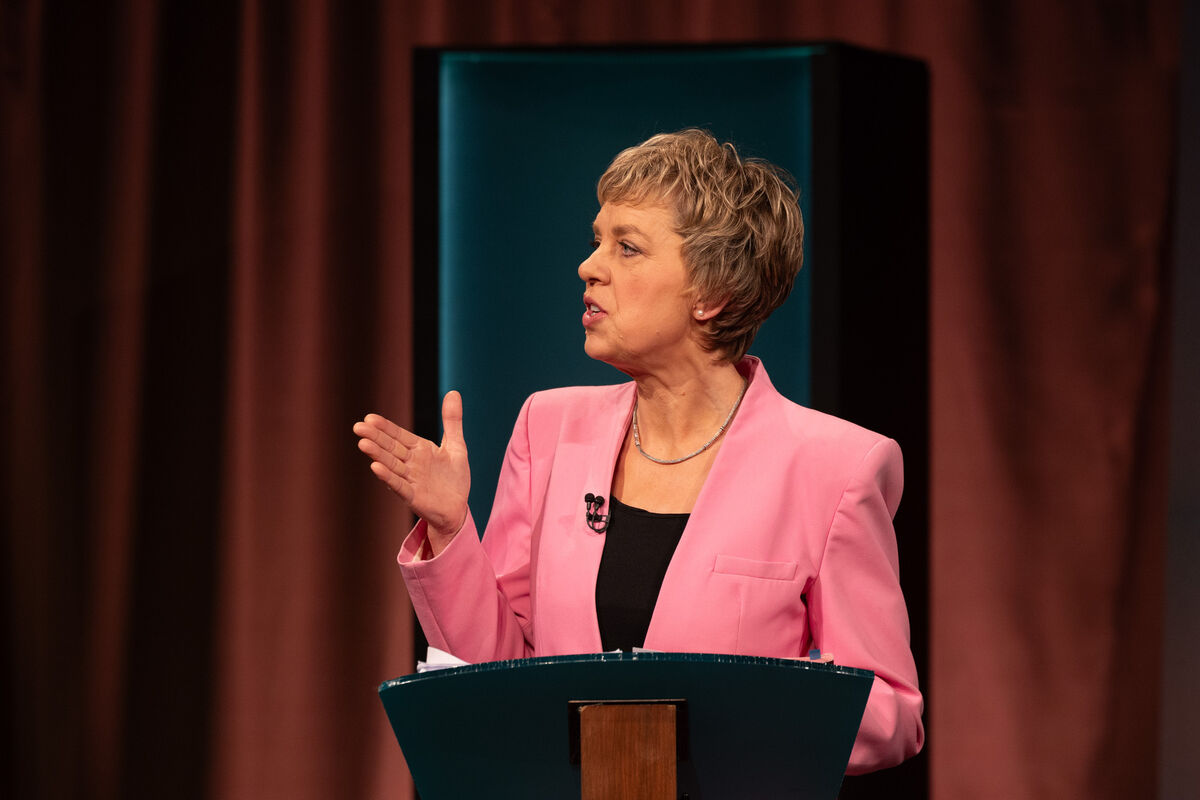
In 2016, a group of independents came together to form the Independent Alliance on the back of a 10-point platform.
During the leaders’ debate, Labour leader Ivana Bacik raised the possibility of cooperation among the parties.
Malcolm Noonan picked up on the point during from Kilkenny on Tuesday.
The Social Democrats have generally been very cool about cooperation.
In a crowded and fragmented landscape, umbrella alliances create scale, but disinterest and poor strategy have combined to keep these parties as individual operators, unable to have a serious impact because of their small size.
Next week, on Tuesday the 26th, the second leaders’ debate will be held between the leaders of Fianna Fáil, Fine Gael and Sinn Féin.
This will be the centre-point of the election as Micheál Martin, Simon Harris and Mary Lou McDonald make their final pitches to the electorate.
It could be a critical moment.
A centre-left alliance polling collectively in the high teens, could have demanded a spot on the stage.
A good performance could have put them into the running and created a real ideological choice for voters.
Instead, Sinn Féin is somewhat adrift in coalition discussions. Fianna Fáil and Fine Gael are wooing the Labour Party as their preferred coalition partner for the next government.
The Greens have rather rudely been dropped. But if the numbers dictate, they could still be re-integrated.
The Social Democrats have never governed and are often lukewarm at best on the idea.
No votes have been cast and we know a large minority of voters will make up their minds in the next week.
Nothing is certain but the large array of party choices and limited coalition alternatives are starting to crystallise.
- Dr Theresa Reidy is a political scientist at University College Cork










